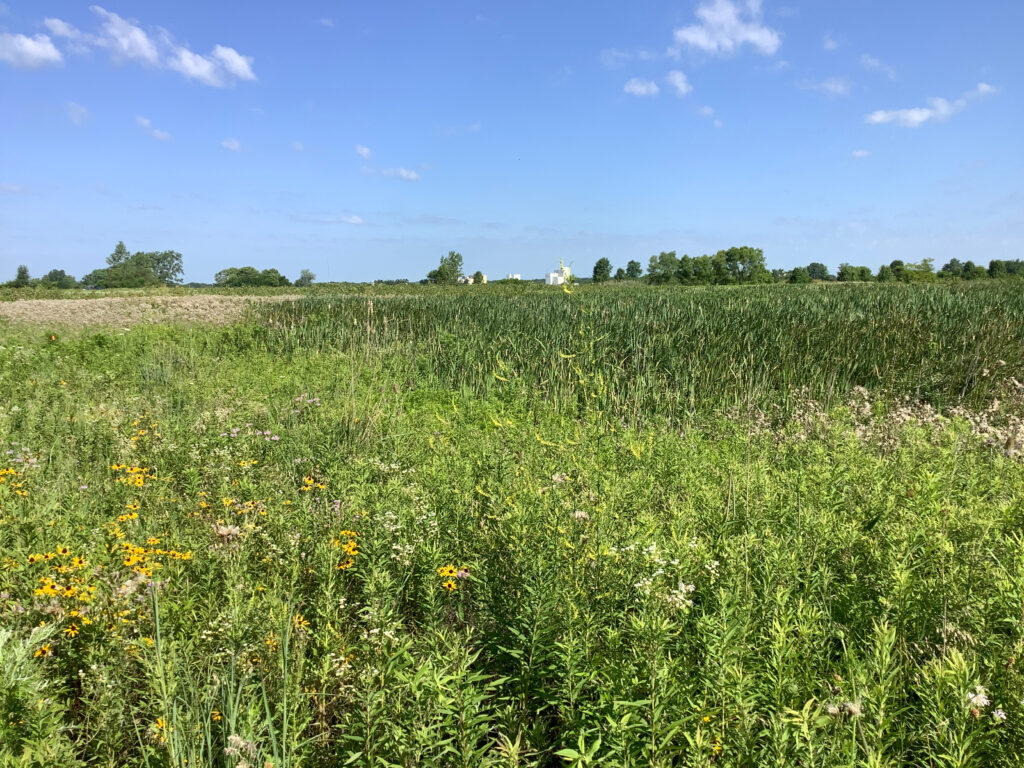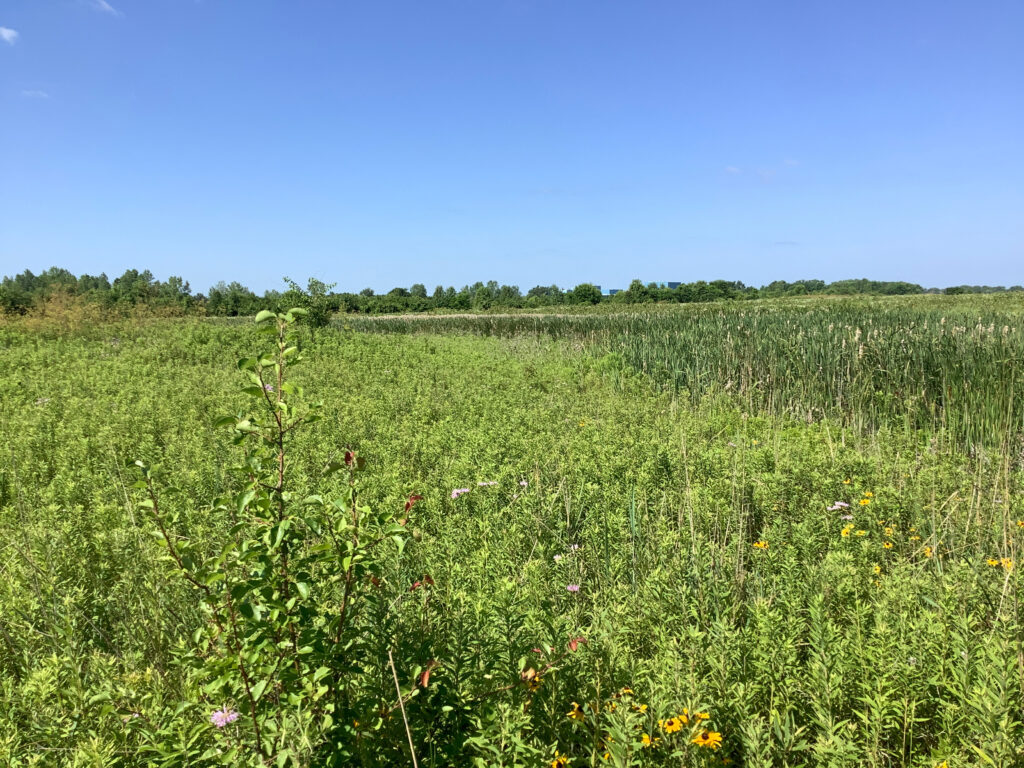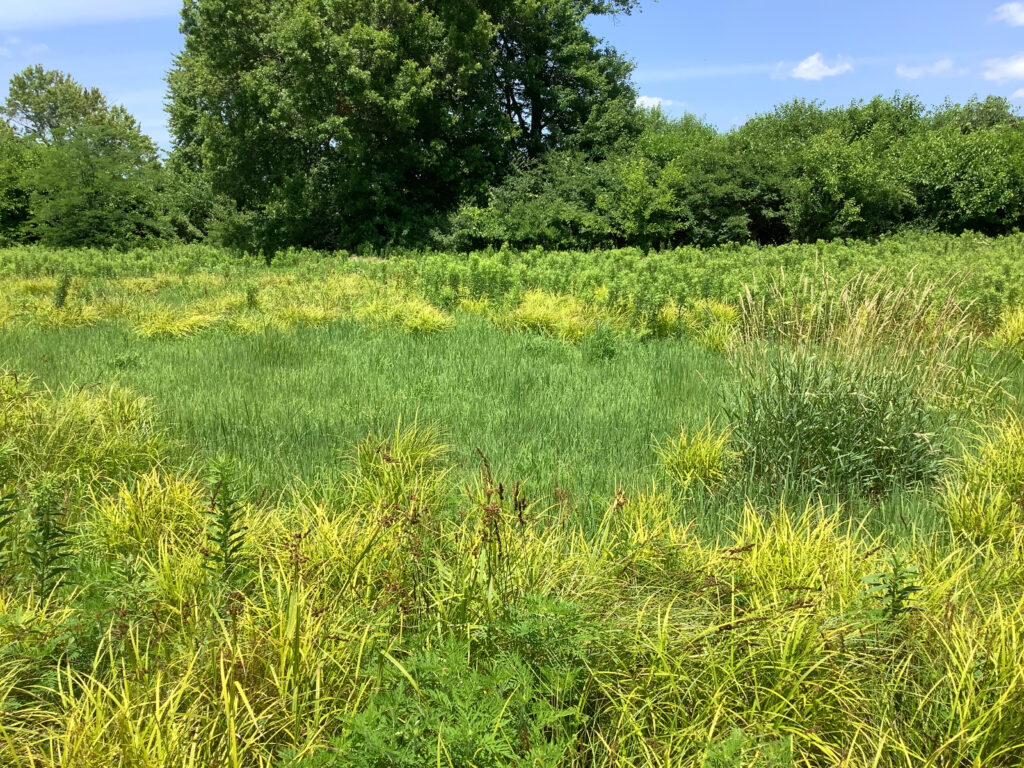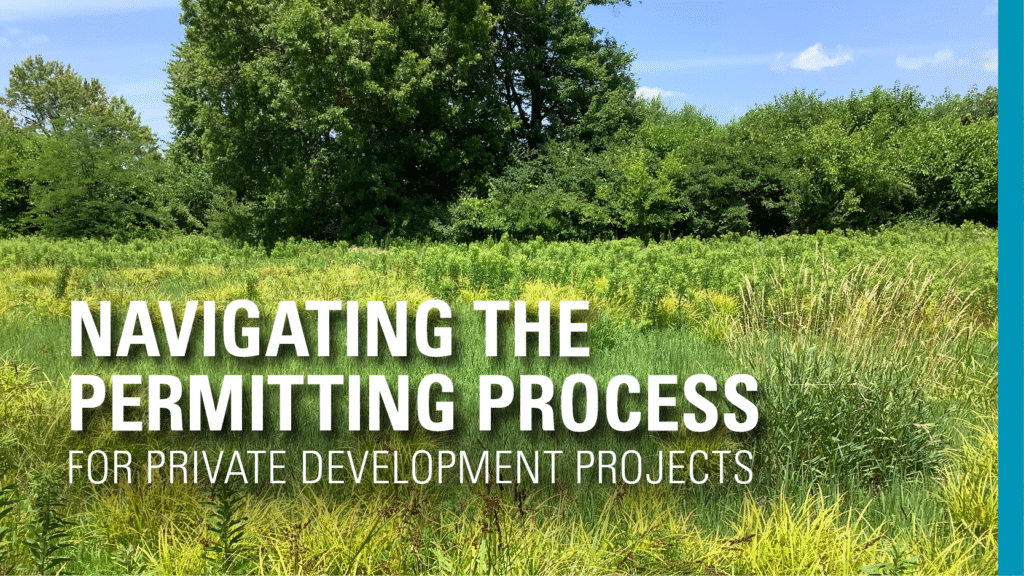
As environmental professionals, RQAW | DCCM is deeply passionate and committed to protecting our planet’s natural environment and resources while supporting responsible growth. As populations expand across the globe and communities evolve, we understand that responsible development is necessary to meet the growing needs of our communities; however, there must be a balance between progress and preservation.
Finding a Balance Between Progress and Preservation
Protecting sensitive ecosystems and natural environments doesn’t mean halting development. Instead, it means developing smarter. Through detailed assessments of natural resources, developments can move forward to enhance economic growth while minimizing impacts and preserving a site’s natural environment. By identifying environmental constraints early and integrating sustainable practices into project design, we help our clients move projects forward responsibly.
Environmental Assessment Leads to Smart Development
A recent example of this approach is the ENTEK project in Terre Haute, Indiana (photos below). This major development involves constructing four manufacturing buildings, each approximately 375,582 square feet, to support the production of lithium-ion battery separator material for production of high efficiency batteries that include use in electric vehicles. These separators play a crucial role in advancing the automotive industry’s shift to cleaner energy by reducing air emissions and supporting sustainable transportation.
Before any construction began, RQAW | DCCM’s environmental team conducted a thorough environmental assessment of the project site. All protected by the Clean Water Act and regulated through the Army Corps of Engineers as well as the Indiana Department of Environmental Management (IDEM), we discovered:
- 32.2 acres of wetlands
- 3,086 linear feet of streams
Rather than building around the problem, we helped influence the design of the project with the environment in mind. By coordinating early and integrating permitting considerations directly into the site layout, including building placement, utilities, roadways, rail lines, and drainage infrastructure, we were able to:
- Avoid impacting 93% of the streams
- Avoid impacting 98.5% of the wetlands
This sustainable approach not only reduced environmental disruptions and costly mitigation efforts but demonstrated our commitment to protecting the natural resources within the project area.
Why It Matters
Permitting isn’t just a box to check; it’s a critical opportunity to protect ecosystems and unlock smarter development. The ENTEK Project is a prime example of how early coordination, smart design, and a well-informed permitting process can lead to successful, sustainable project development. With the right expertise, it is possible to move projects forward while protecting the environment that supports us all.
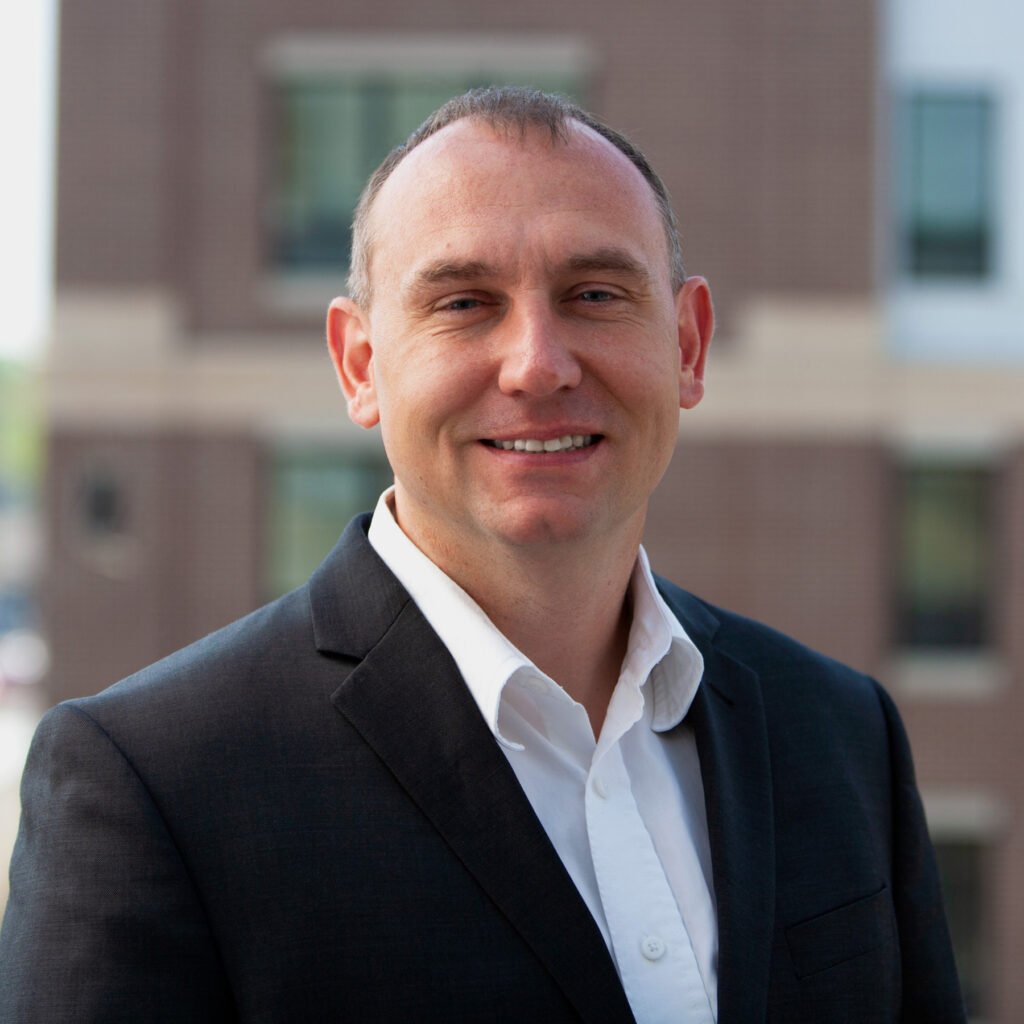
Joe Dabkowski, PWS
Director of Environmental Services
As Director of Environmental Services, Joe is a certified Professional Wetland Scientist (PWS) specializing in NEPA documentation, wetland ecology, and permitting. With over 19 years of experience in NEPA documentation, Joe is highly skilled at managing environmental aspects of transportation projects. He has played an integral role in the completion of nearly 1,000 Water Reports and Permits statewide environmental documents involving federal, state, and local funding sources. Joe’s in-depth understanding of each project’s environmental requirements enables him to complete projects efficiently to keep the overall project on time and budget.
